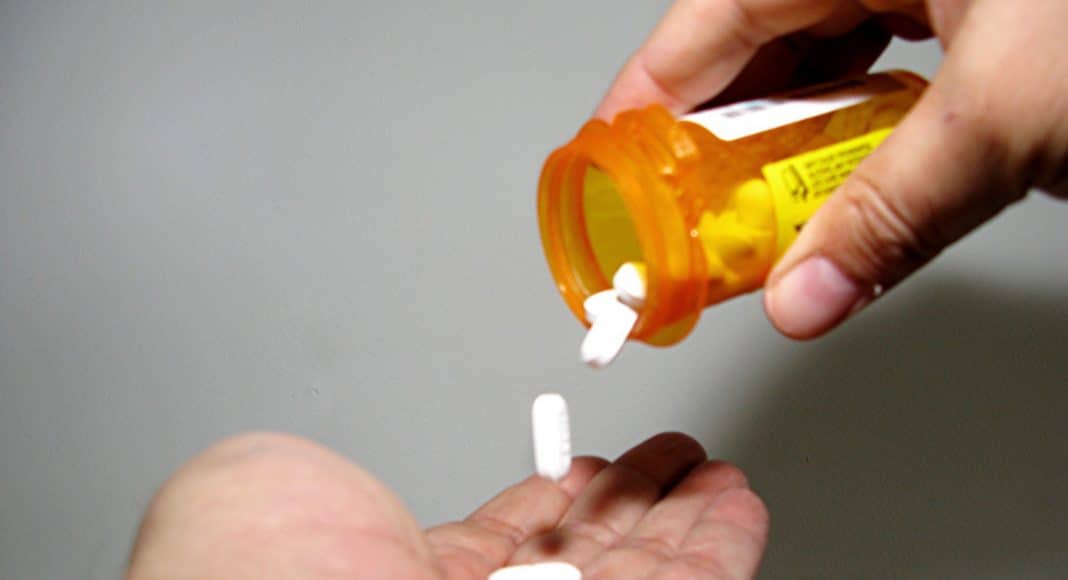Whenever evidence emerges supporting a medical role for cannabis, the news is always accompanied with a reminder of the potential harmful effects of the drug and its potential for abuse. But what about those with a reliance on opioids? Health decisions are never made in a perfect world: Real-life options—like cannabis medicine or, say, presidential, candidates—have to be evaluated against actual, real-life alternatives, not ideal standards of efficacy and purity.
In the realm of pain management, one of the more promising branches of medical marijuana, that point of comparison are the opioids, a vast family of narcotics that range from the venerable morphine and codeine to more exotic pharmaceuticals, such as OxyContin, Percocet, Norco, and Fentanyl. And many who use these drugs end up with a reliance on opioids.
But where the rubber of medical options meets the road of long term health repercussions on the test-track of chronic pain management, it is becoming increasingly clear that opioids are losing their luster to the steel-belted success of cannabis. (The Fresh Toast knows nothing about cars or driving.)
The latest figures from the American Society of Addiction Medicine are dismal proof that an over-willingness to prescribe painkillers is a driving force behind the nation’s epidemic of opioid abuse. Here are some damning highlights:
- In 2014, 40 percent of all accidental overdose deaths in the US (18,893 in absolute figures) were caused by prescription painkillers. Drug overdose is the nation’s leading cause of accidental death.
- Also in 2014, 1.9 million Americans had a substance use disorder (what we laypeople call “an addiction”) that involved a prescription pain reliever. Another half-million abused heroin.
- Why did we mention heroin? Because four out of five heroin users started with prescription painkillers. According to a 2014 survey, 94 percent of people in rehab for opioid abuse said that they turned to heroin because it was cheaper and easier to get than prescription meds.
- From 1999 to 2010, sales of prescription painkillers quadrupled; so did overdose deaths.
- And one final statistic: In 2012 enough prescriptions were written for opioids (259 million) to provide every adult American with their own bottle of pills.
In light of these findings (to recap: spiking rates of opioid addiction and death), the risk of blood pressure irregularity, memory impairment, and maybe a little sexual dysfunction don’t seem so unreasonable. Furthermore, while no study has yet managed to confirm the threadbare accusation that marijuana is a gateway drug, the numbers clearly show that opioid availability is directly related to rising heroin use. So let’s lay that canard to rest.
While the scope and severity of America’s opioid epidemic has only been gradually been dawning on the national consciousness, there is evidence that the people most affected—those facing chronic pain—have been looking for non-opioid alternatives. A study conducted by the University of Georgia, published in July 2016, shows that doctors in states with medical-marijuana laws prescribed on average 1,826 fewer doses of painkillers per year than their peers in states that forbid medical marijuana.
-
Related Story: Can Legal Marijuana Help With New England’s Opioid Crisis?
Cannabis may not efface pain as thoroughly as opioids, but, again, there are trade offs to consider. Many, however, have made the choice that a little pain is a better option than the agony of opioid addiction.


